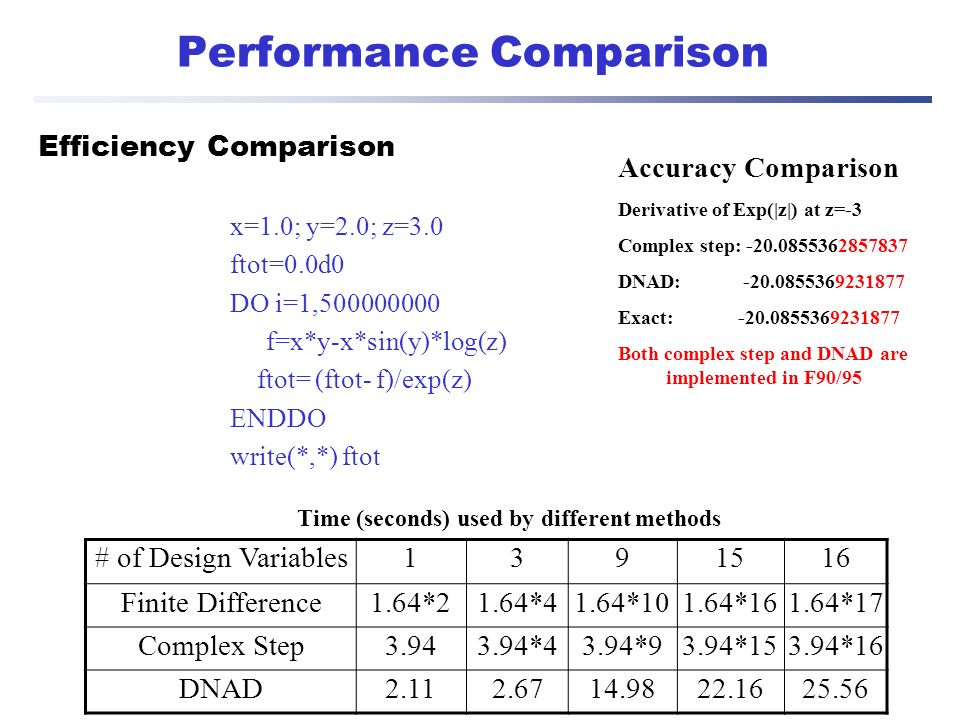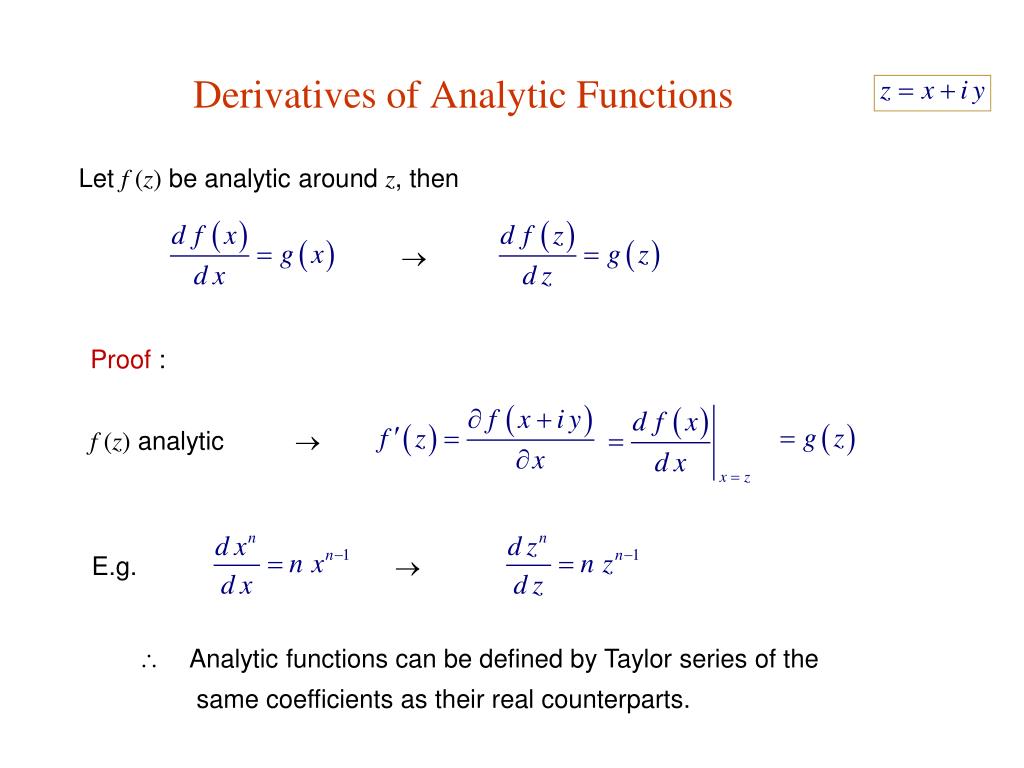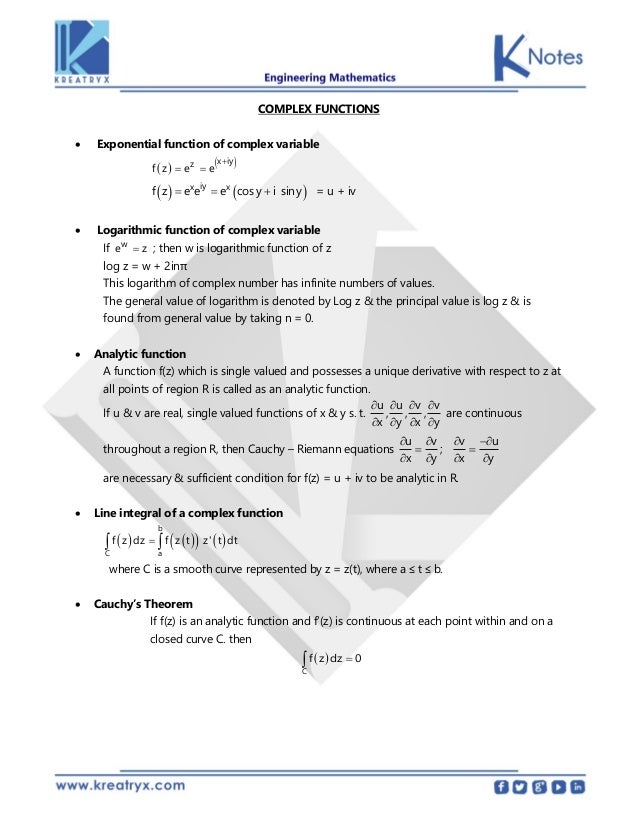

And the third side of the triangle, the one from z to z + w, is parallel and equal to the line from 0 to w, and therefore has length | w|. A second side of the triangle, the one from 0 to z, has length | z|. One side of the triangle, the one from 0 to z + w has length | z + w|. Consider the triangle whose vertices are 0, z, and z + w. You can see this from the parallelogram rule for addition. If z and w are any two complex numbers, then

There's an important property of complex numbers relating addition to absolute value called the triangle inequality. Little more on Pythagorean triples, see the end of the page at. As you might expect, there are infinitely many of them. That triple gives us the complex number 3/5 + i 4/5 on the unit circle. The best known Pythagorean triple is 3:4:5. That means that a/c + i b/c is a complex number that lies on the unit circle. A Pythagorean triple consists of three whole numbers a, b, and c such that a 2 + b 2 = c 2 If you divide this equation by c 2, then you find that You can find other complex numbers on the unit circle from Pythagorean triples. We'll see them later as square roots of i and i. They are the four points at the intersections of the diagonal lines y = x and y = x with the unit circle. Some examples, besides 1, ≡, i, and 1 are ±√2/2 ± i√2/2, where the pluses and minuses can be taken in any order. It include all complex numbers of absolute value 1, so it has the equation | z| = 1.Ī complex number z = x + yi will lie on the unit circle when x 2 + y 2 = 1. The unit circle is the circle of radius 1 centered at 0. Of course, 1 is the absolute value of both 1 and ≡, but it's also the absolute value of both i and i since they're both one unit away from 0 on the imaginary axis.

Some complex numbers have absolute value 1. (Note that for real numbers like x, we can drop absolute value when squaring, since | x| 2 = x 2.) That gives us a formula for | z|, namely, The horizontal side of the triangle has length | x|, the vertical side has length | y|, and the diagonal side has length | z|. Consider the right triangle with one vertex at 0, another at z and the third at x on the real axis directly below z (or above z if z happens to be below the real axis). We can find the distance | z| by using the Pythagorean theorem. This will extend the definition of absolute value for real numbers, since the absolute value | x| of a real number x can be interpreted as the distance from x to 0 on the real number line. The absolute value function strips a real number of its sign.įor a complex number z = x + yi, we define the absolute value | z| as being the distance from z to 0 in the complex plane C. Recall that the absolute value | x| of a real number x is itself, if it's positive or zero, but if x is negative, then its absolute value | x| is its negation x, that is, the corresponding positive value. An important concept for numbers, either real or complex is that of absolute value.


 0 kommentar(er)
0 kommentar(er)
